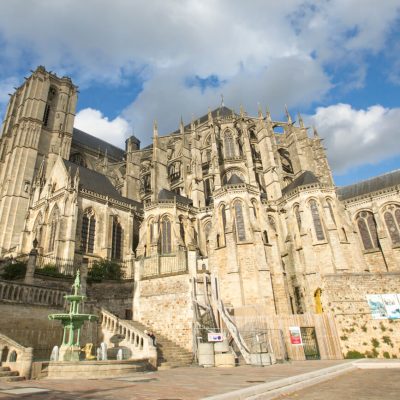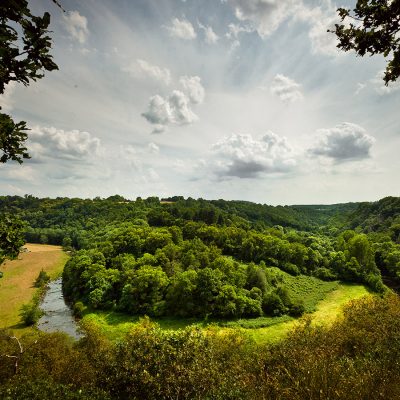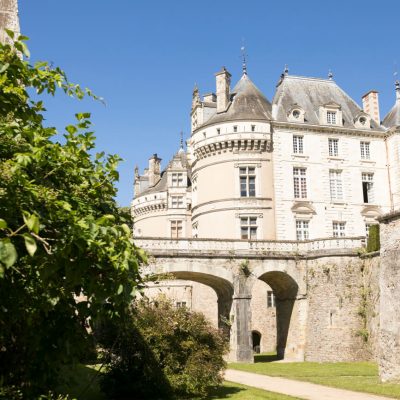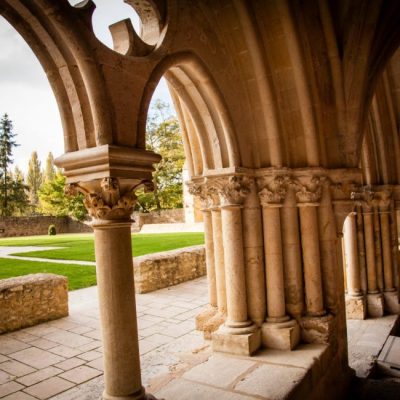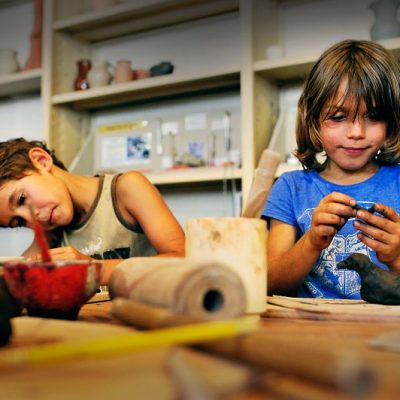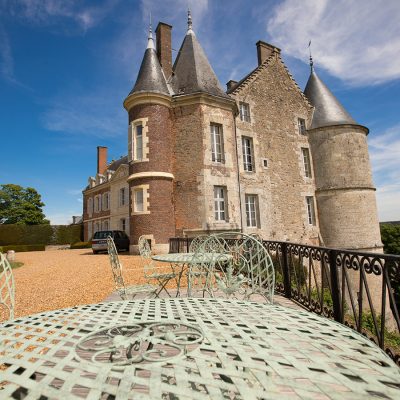It appears to have been founded at the end of the 14th century by the monks of Perseigne Abbey, who were twice driven from their abbey in Perseigne during wars. A Gothic chapel in the shape of a Latin cross, with a long, wide nave and 3 separate chapels, it is situated on the plateau overlooking the Bienne valley and the Perseigne forest.
It has a beautiful, richly decorated 17th-century portal.
Notre Dame de Toutes Aides was restored over several periods, by Abbé Vayer in 1837, then in 1890 and finally in 1937. The paintings were restored by Gaston Muller and the stained glass windows by Luc Fournier (glass painter) during the latter period.
From the end of the 14th century to the present day, it has been an important place of pilgrimage (chapel of devotion Help and Protection of the Virgin). Pilgrims come in such large numbers that it was enlarged in the 17th century by a benefactress, Jeanne-Baptiste Courtin, thanks to the property of her husband, Lord of Pizieux, and to legacies and donations. She was buried in front of the high altar in the chapel, and today the plaque that covered her grave, which has since been removed, can be found along the wall of the west crosspiece. The artist who designed these altars, famous in his day, was Nicolas Mongendre, architect and sculptor. It was probably his brother François who decorated the panelling with fruit and flowers. The work was completed in 1670.
Three items are listed as Historic Monuments: the Pieta, the high relief of the Assumption and the altar of Sainte-Anne.
Visit
Languages visit
- French
Prices
Gratuit

